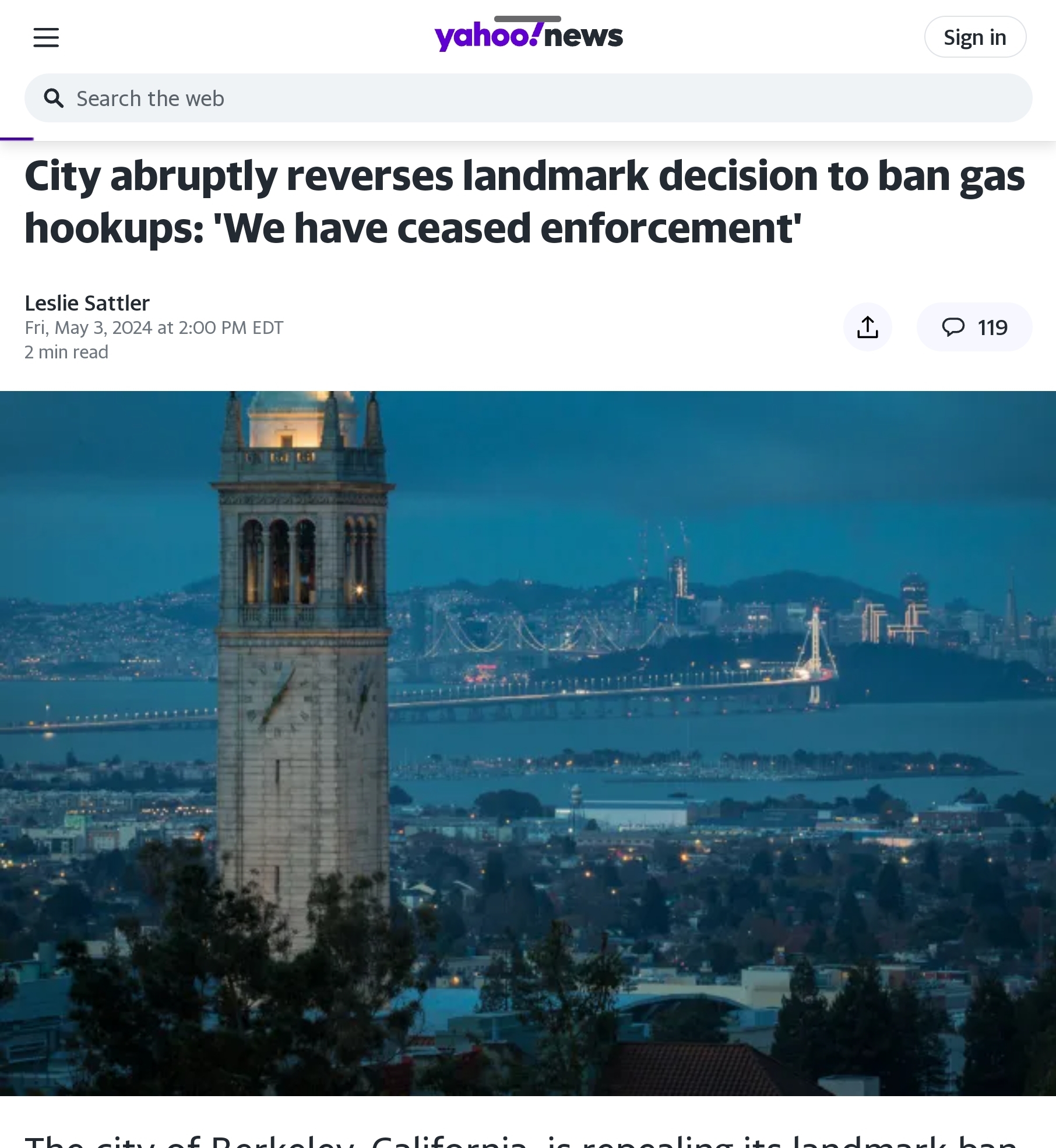In A Few Days, John Kerry Will Be In Charge Of Saving The Arctic
http://thinkprogress.org/climate/2015/04/21/3648934/kerry-arctic-council/
U.S. Secretary of State John Kerry, pictured here in a scarf, is set to take control of the Arctic Council on Friday. CREDIT: AP Photo John Kerry is heading north. On Friday, the U.S. Secretary of State will travel to the Canadian Arctic city of Iqualuit, Nunavut, where he will take temporary reins of the Arctic Council, a forum that could ultimately determine the fate of the Arctic. At the biennial Arctic Council ministerial meeting in Iqualuit, Canadian Environment Minister Leona Aglukkaq — the current Arctic Council Chair — will turn the chairmanship of the eight-nation body over to Kerry. While it might be cliché to call this a critical juncture for the Arctic, Kerry is assuming this role at a time of unprecedented uncertainty for this diverse and fast-changing region. The Arctic is warming twice as fast as the rest of the planet, driving rapid melting of sea ice, glaciers and ice sheets across the region. These changes are exposing Native Alaska coastal communities to punishing storm surges, erosion, and sea-level rise, and putting some villages on the brink of falling into the sea. Rapid melting of the Greenland ice sheet and glaciers are major drivers of global sea-level rise, leaving coastal and low-lying areas in the United States and around the world vulnerable to flooding. Further, as permafrost thaws, it could release a total of 120 gigatons of carbon into the atmosphere by 2100. Scientists warn that worldwide carbon emissions must stay below 1,000 gigatons over the same timeframe to prevent catastrophic climate change. Chiefly, Kerry has the rare opportunity to lock in a legacy of curbing global warming in the Arctic — a move that could keep communities in tact and save species from extinction. During his two year chairmanship, Kerry has committed to address climate change, strengthen Arctic Ocean stewardship and improve the economic and living conditions of Arctic communities. After the Iqaluit meeting, Arctic nation ministers will not convene again until 2017, after President Obama leaves office. Depending on who next occupies the White House, Kerry may have only limited time to drive real changes from the Arctic Council. He can remedy this by doing a couple of things. First, he could convene with President Obama to hold an Arctic summit sometime this year. Such an event could elevate public awareness of the consequences of unchecked climate change and build momentum for a strong global climate agreement at the December climate negotiations in Paris. The United States could also use the summit to secure pledges from Arctic Council nations and observer states to cut black carbon pollution — one of the most dire threats to the Arctic — and to launch a Global Ice Alliance to encourage other countries to also reduce this pollution. The U.S. could also update the U.S. Department of Interior Bureau of Ocean Energy Management’s (BOEM) air quality standards for new oil and gas development off the Alaskan coast to specifically limit black carbon pollution. Scientists say black carbon pollution may be responsible for more than 30 percent of recent warming in the Arctic. Whether it is deposited by local sources or drifts in from lower latitudes black carbon pollution covers ice and snow with a sooty heat-trapping blanket. This accelerates warming by reducing the reflectivity of Arctic snow and ice, and by melting sea ice into the dark ocean waters that absorb more heat. The United States is responsible for 61 percent of black carbon pollution from Arctic nations. Globally, the U.S. and other Arctic Council members and observer countries — including China, India, Japan, South Korea, Germany, and the United Kingdom — contribute more than 60 percent of black carbon pollution. U.S. policies, including diesel regulations, are helping to cut black carbon emissions. But these cuts may be undermined by increases in Arctic black carbon pollution from oil and gas exploration, flaring, shipping, and other sources. For example, Interior Department Secretary Sally Jewell recently validated 2008 oil leases in Alaska’s Chuckchi Sea, and her agency is reviewing Shell Oil’s application to resume oil exploration there this summer. Seven Senators recently wrote to Jewell, asking the Department to solicit information on the availability of black carbon pollution control technologies for offshore activity there. And experts acknowledge that black carbon could be reduced without hurting the economy. “We have the technology today to cut black carbon emissions from many of the engines associated with oil and gas exploration and production,” said Joe Kubsh, executive director of the Manufacturers of Emission Controls Association, in a statement. Hosting an official summit, announcing new black carbon standards in the U.S., and securing black carbon reduction pledges from other countries — these are just some of the things Kerry could do to leave a meaningful climate leadership legacy during his time at the helm of the Arctic Council. Whether he does or not, however, remains to be seen. Cathleen Kelly is a Senior Fellow at American Progress specializing in international and U.S. climate mitigation and resilience. The post In A Few Days, John Kerry Will Be In Charge Of Saving The Arctic appeared first on ThinkProgress.
— gReader Pro




